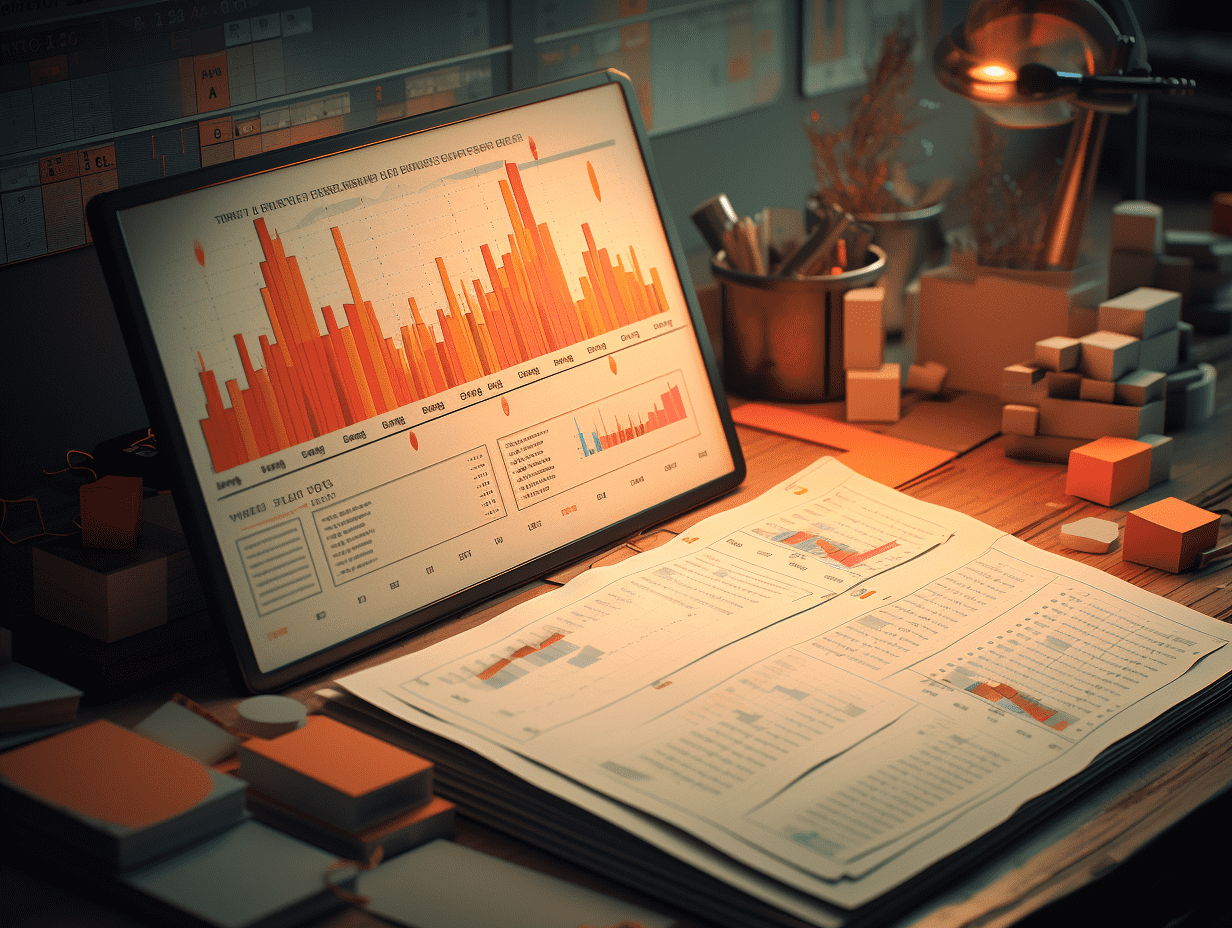
GF Securities: Domestic new energy consumption runs through the main line, three-wheel expectations difference leads energy storage installation to continue to exceed expectations.
GF SEC released a research report stating that looking ahead to the lithium battery industry in 2025, the replacement policy for old cars with new ones in 2024 has driven passenger car demand beyond expectations. In 2025, fast charging for pure electric vehicles will expand to mid-range car models, and the rapid penetration of 4C fast charging technology. Intelligent driving will drive sales, high-end intelligent driving will enter the mid-range era, and the penetration rate turning point is imminent. Channel, technology, and production capacity breakthroughs, domestic car companies have broad prospects for going global. Affordable energy storage opens up installation growth space, with global energy storage and grid-connected scale expected to reach 187/269/365 GWh from 2024 to 2026, with a year-on-year increase of +74%/44%/36%. Domestic new energy integration runs through the main line, with the three-wheel expectation gap leading to continuous overachievement in energy storage installation. Key recommendations include batteries, lithium iron phosphate materials, and attention to leading companies in electrolyte, negative electrode materials, copper foil, and diaphragm for improving industry structure.
GF SEC's main views are as follows:
New energy vehicles: Domestic penetration rate increase + overseas new vehicle cycle, global demand expected to exceed expectations
The domestic replacement policy for old cars with new ones continues, and the overseas new vehicle cycle drives sales growth. It is estimated that the global demand for power batteries from 2024 to 2026 will reach 1004/1316/1737 GWh, with a year-on-year growth rate of 31%/31%/32%. (1) China: Innovation cycle leading the global market reform. In 2024, the replacement policy for old cars with new ones has driven passenger car demand beyond expectations. In 2025, fast charging for pure electric vehicles will expand to mid-range car models, and the rapid penetration of 4C fast charging technology. Intelligent driving will drive sales, high-end intelligent driving will enter the mid-range era, and the penetration rate turning point is imminent; channel, technology, and production capacity breakthroughs, domestic car companies have broad prospects for going global.
(2) United States: Crossing policy disturbances, leveraging the vehicle cycle with supply chain reform. In 2024, the IRA Act opened a large-scale electrification cycle in the United States, with short-term supply-demand mismatches constraining the release of sales potential. In 2025, models led by Tesla's entry-level electric vehicles will open a mid-range cycle, driving a penetration rate turning point of 10%-20%; the Chinese industrial chain layout path is clear, and Contemporary Amperex Technology is expected to fully benefit from the first round of global power battery restructuring.
(3) Europe: Subsidy tapering impacts short-term sales, and there is ample room for electric vehicle penetration. The exit of subsidy policies in 2024 caused sales disturbances, and short-term pressure on European new energy vehicle sales. In 2025, policy shifts will speed up, driving industry restructuring.
(4) Asia-Africa: Policy dividends intensively released, accelerating the continuous increase in electrification rate. The Southeast Asian market has focused on cultivating electric vehicle consumption from 2022 to 2023, while the rise of local electric vehicle industries after 2024 will support long-term demand. Latin America leads in the electrification of the public sector, with countries strengthening long-term electrification penetration goals. The new paradigm of overseas cooperation will enter the realization period, opening up long-term global growth space.
Energy storage: Rapid development of new energy drives multiple scenarios towards a turning point
Affordable energy storage opens up installation growth space, with the global energy storage and grid-connected scale expected to reach 187/269/365 GWh from 2024 to 2026, with a year-on-year increase of +74%/44%/36%. (1) China: New energy integration runs through the main line, and the three-wheel expectation gap leads to continuous overachievement in energy storage installation; (2) United States: The IRA Act is unprecedented in its force, and the demand for energy storage prosperity will continue; (3) Europe: Frequent negative electricity prices and a decline in photovoltaic grid electricity prices, boosting demand for energy storage; (4) Asia-Africa: Demand fluctuations are moving upward due to local circumstances on the supply side and demand side in Asia and Africa. Financial framework: Lithium iron phosphate, profits at the turning point in the battery sector
The ROE of leading companies has started to improve over eight quarters, including Contemporary Amperex Technology (300750.SZ), Ningbo Ronbay New Energy Technology (688005.SH), Zhejiang Huayou Cobalt (603799.SH), Fulin Precision (300432.SZ), Shijiazhuang Shangtai Technology (001301.SZ), etc. Capital expenditure reached its peak in 2022Q4 and has continued to decline. By 2024Q3, it is expected to show a tight supply-demand balance. Looking at the quick ratio and asset-liability ratio, the battery and lithium iron phosphate sectors have shown weak performance, followed by negative electrode materials and ternary precursors. It is expected that the competitive situation will improve in the future, with leading companies expected to see profit rebound first.
Risk warning: New energy vehicle sales fall below expectations; midstream prices fall more than expected; technology upgrade progress falls short of expectations; production progress falls short of expectations.
RECOMMEND
©️2013 - 2025 GMT EIGHT Holdings. All Rights Reserved.
Contact: contact@gmteight.com


